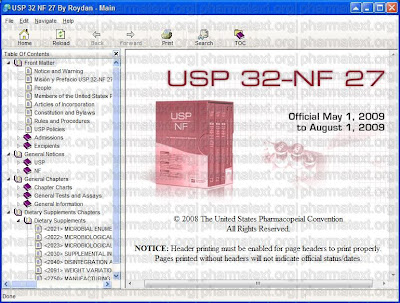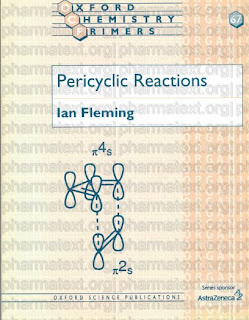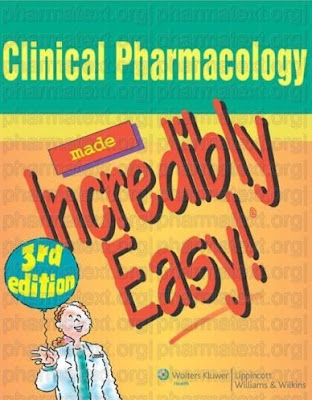 The suspension dosage form has long been used for poorly soluble active ingredients for various therapeutic indications. Development of stable dispersions over the shelf life of the drug product continues to be a challenge on many fronts.
The suspension dosage form has long been used for poorly soluble active ingredients for various therapeutic indications. Development of stable dispersions over the shelf life of the drug product continues to be a challenge on many fronts.A good understanding of fundamentals of disperse systems is essential in the development of a suitable pharmaceutical suspension. The development of suspension dosage form follows a very complicated path. The selection of the proper excipients (surfactants, viscosity imparting agents etc.) is important. The particle size distribution in the finished drug product dosage form is a critical parameter that significantly impacts the bioavailability and pharmacokinetics of the product. Appropriate analytical methodologies and instruments (chromatographs, viscometers, particle size analyzers, etc.) must be utilized to properly characterize the suspension formulation. The development process continues with a successful scale-up of the manufacturing process. Regulatory agencies around the world require clinical trials to establish the safety and efficacy of the drug product. All of this development work should culminate into a regulatory filing in accordance with regulatory guidelines. Pharmaceutical Suspensions, in its organization, follows the development approach used widely in the pharmaceutical industry. The primary focus of this book is on the classical disperse system – poorly soluble active pharmaceutical active dispersed in a suitable vehicle.
After discussing various disperse systems, the theory of disperse systems and commonly used excipients, the remaining chapters in this textbook systematically detail the development of pharmaceutical suspensions, from pre-formulation stage to clinical development, regulatory submission and commercial manufacturing. Additionally, the emerging area of nano-suspensions as applied to pharmaceutical filed is also discussed. Each of the chapters in Pharmaceutical Suspensions was written independently by scientists skilled in their specific areas. Contributing authors represent a cross-sections of scholars from Academic Institutions, Pharmaceutical Industries and Regulatory Agency.
Download

















































